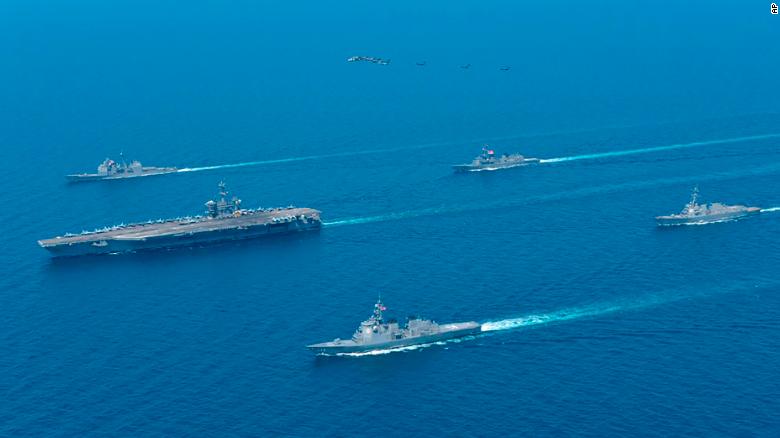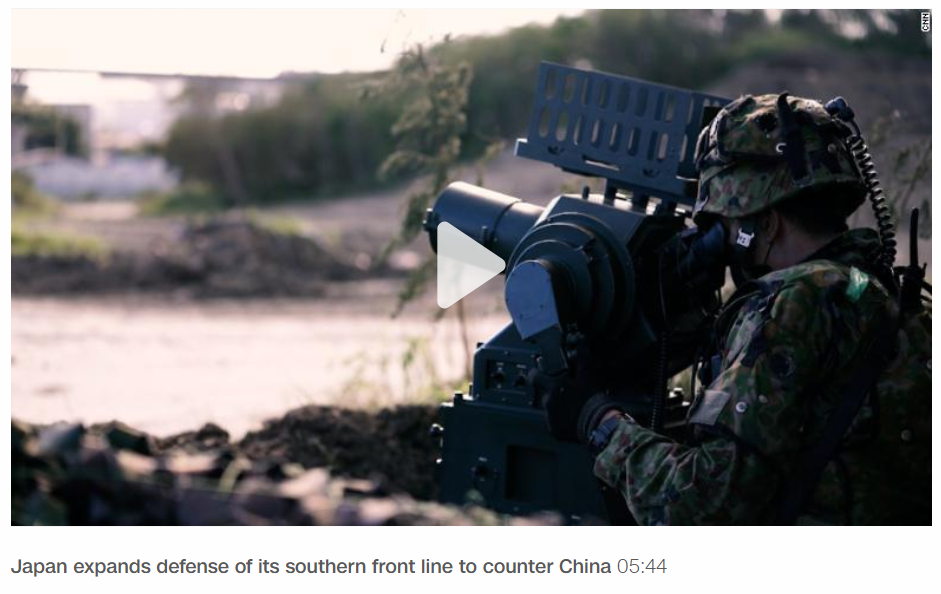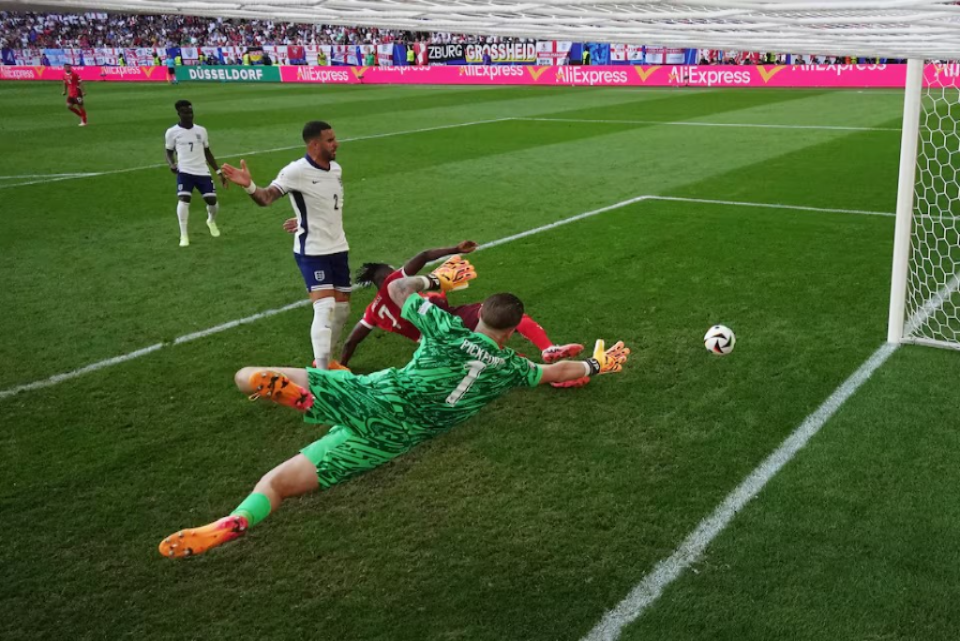Russia has warned Japan of “retaliatory measures” if it expands joint naval exercises with the United States near Russia’s eastern borders.
The threat is just the latest salvo from Moscow, which has been angered by Japan’s support for Ukraine and its growing ties with NATO countries, and is turning up the heat in a long-running dispute over the sovereignty of islands captured by Soviet forces at the end of World War II.
Russian Deputy Foreign Minister Igor Morgulov said Tuesday that US-Japan naval exercises were “potentially offensive in nature,” according to a report on Tuesday by Russian state news agency RIA-Novosti.
“We see such actions by the Japanese side as a threat to the security of our country,” Morgulov said. “If such practices expand, Russia will take retaliatory measures in the interests of strengthening its defense capabilities.”
 USS Abraham Lincoln, left, and JS Kongo, front, take part in a US-Japan joint exercise in the Sea of Japan on April 12However, he did not specify which US-Japan exercises he was talking about — nor did he make explicit what form Russia’s retaliation might take.
USS Abraham Lincoln, left, and JS Kongo, front, take part in a US-Japan joint exercise in the Sea of Japan on April 12However, he did not specify which US-Japan exercises he was talking about — nor did he make explicit what form Russia’s retaliation might take.
- “Hold faithfulness and sincerity as first principles.” Man’s best friend (DOG)
- Russia Thought It was Easy But The Ukrainian Solders Proofs Otherwise ..!!
- G7 leaders warn Russia against use of chemical, biological or nuclear weapons
- Ashley Graham proudly shows off stretch marks three months after twins’ birth
- Trump suggests Pence would not be 2024 running mate if he runs again
Japan has not yet responded to Morgulov’s remarks and has not responded to a CNN request for comment.The US and Japanese navies last week wrapped up joint exercises in the East China Sea and Philippine Sea headlined by the USS Abraham Lincoln Carrier Strike Group.
Earlier in the month, the Abraham Lincoln led similar joint drills in the Sea of Japan, upon which Russia has a lengthy shoreline. According to the US Navy, the US and Japan routinely hold joint naval exercises in the Indo-Pacific to “maintain stability in a free and open Indo-Pacific region.”









